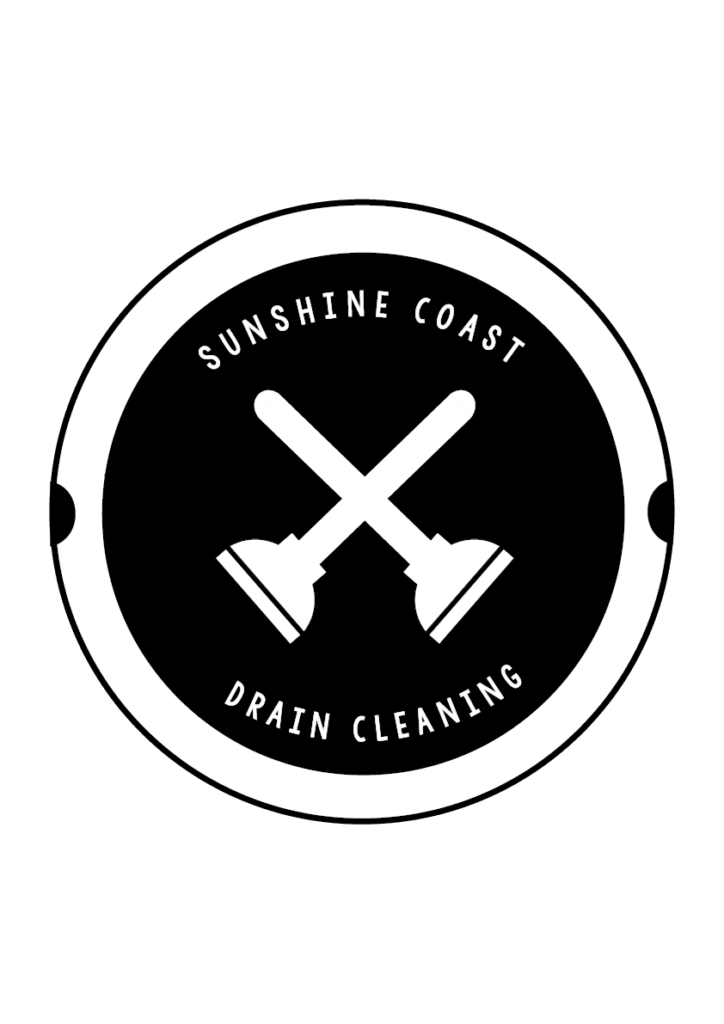When dealing with damaged pipes, homeowners have two main options: pipe relining or pipe replacement. Understanding the benefits of each can help you make an informed decision. In this blog post, we’ll explore the processes, typical uses, and benefits of both pipe relining and pipe replacement to help you determine which is right for your Sunshine Coast home.
What is Pipe Relining?
Process and Materials
Pipe relining is a trenchless technology that involves inserting a new liner inside the existing damaged pipe. This liner is coated with a special epoxy resin that hardens to form a durable new pipe within the old one.
Steps Involved:
- Inspection: A camera is used to inspect the damaged pipe.
- Cleaning: The pipe is thoroughly cleaned to remove debris and scale.
- Liner Insertion: A flexible liner coated with epoxy is inserted into the damaged pipe.
- Curing: The liner is inflated and left to cure, forming a new, seamless pipe within the old one.
Typical Uses and Benefits
- Uses: Ideal for repairing pipes with cracks, corrosion, or root intrusion without the need for excavation.
- Benefits:
- Minimal Disruption: No need for extensive digging, preserving landscaping and structures.
- Quick and Efficient: Often completed in a day or two.
- Durable: The new pipe can last 50 years or more.
- Cost-Effective: Lower labor and restoration costs compared to traditional methods.
What is Pipe Replacement?
Process and Materials
Pipe replacement involves excavating the damaged pipe and replacing it with a new one. This can be done using traditional trenching methods or trenchless technologies like pipe bursting.
Steps Involved:
- Excavation: Digging trenches to access the damaged pipe.
- Removal: Removing the old pipe.
- Installation: Installing a new pipe in place of the old one.
- Restoration: Backfilling the trench and restoring the surface.
Typical Uses and Benefits
- Uses: Necessary for severely damaged pipes that cannot be relined, or when upgrading the pipe size or material.
- Benefits:
- Comprehensive Solution: Removes the old pipe entirely, addressing severe damage.
- Material Upgrade: Opportunity to upgrade to more durable materials.
- Customization: Allows for adjustments in pipe size or layout.
Comparing Costs
- Pipe Relining: Generally less expensive due to reduced labor and restoration costs. Suitable for minor to moderate damage.
- Pipe Replacement: More costly due to extensive excavation and restoration, but necessary for severe damage or when upgrading pipe materials.
Comparing Durability and Longevity
- Pipe Relining: The new liner is highly durable and can extend the life of the pipe by 50 years or more.
- Pipe Replacement: New pipes, especially modern materials like PVC or HDPE, can last over 100 years with proper maintenance.
Environmental Impact
- Pipe Relining: Environmentally friendly due to minimal excavation and reduced waste.
- Pipe Replacement: Greater environmental impact due to extensive digging, potential disruption of ecosystems, and disposal of old pipes.
Case Studies: Real-Life Examples from the Sunshine Coast
- Residential Home in Maroochydore: A homeowner opted for pipe relining to fix root intrusion in their sewer line. The process was completed in one day with no disruption to their beautiful garden.
- Commercial Property in Caloundra: A commercial building needed extensive pipe replacement due to outdated and severely corroded pipes. The project involved trenching and installing new pipes, resulting in a significant upgrade to the plumbing system.
Conclusion
Choosing between pipe relining and replacement depends on various factors, including the extent of damage, budget, and environmental considerations. For minor to moderate damage, pipe relining offers a quick, cost-effective, and minimally disruptive solution. For severe damage or when upgrading pipe materials, pipe replacement may be necessary. Consult with a professional plumber on the Sunshine Coast to determine the best option for your specific situation.


